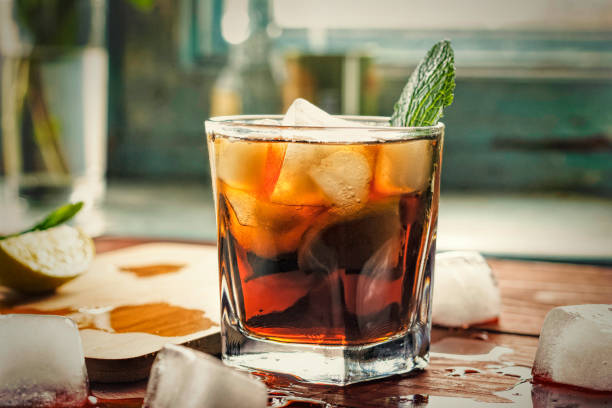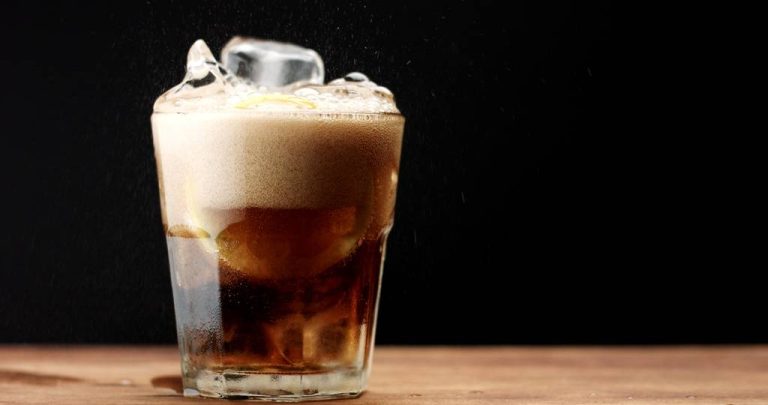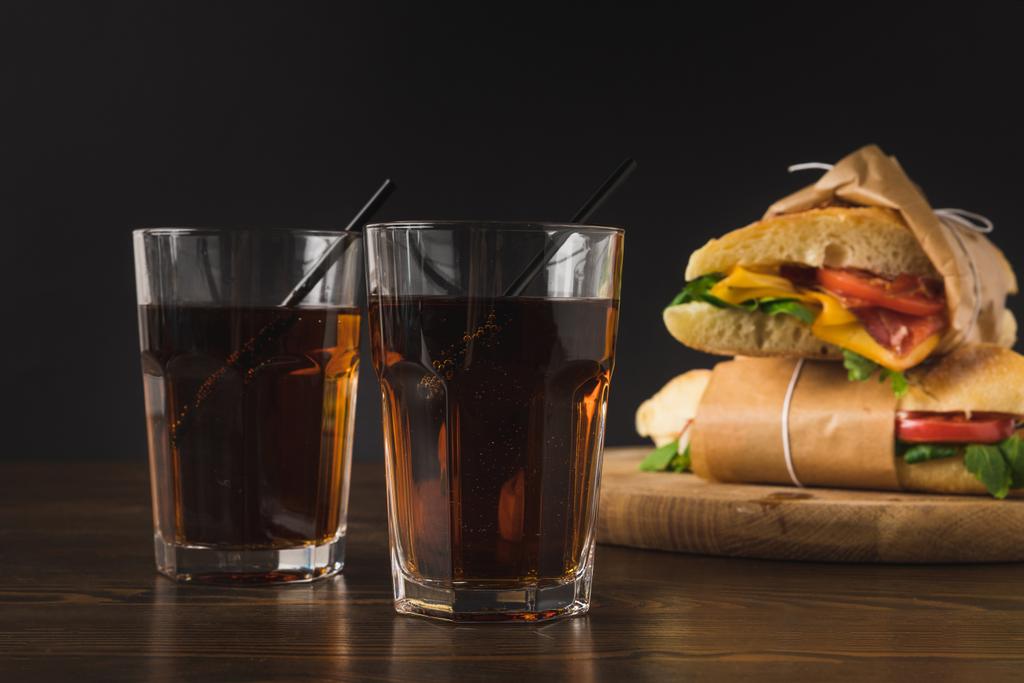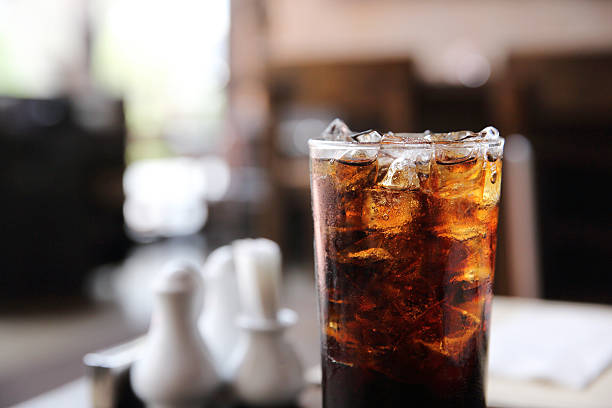Cola is a delicious fizzy drink that many people can no longer imagine everyday life without. But how healthy is this? We show you a useful cola application in the household.
Most people only use cola to drink. But the soft drink can do much more. Consequently, you can use it to clear a clogged drain or remove rust.
The success story of cola
Cola is a brown caffeinated and carbonated soft drink. The history of cola began when the American pharmacist John S. Pemberton began mixing a recipe in 1985 that helped with headaches and tiredness but didn’t taste particularly good. But mixed with soda water, the drink was perfect. The original recipe of the cult drink, which has been known for more than 125 years, is still a top-secret today. In any case, the ingredients include water, sugar, herbal extracts, caffeine, as well as carbon dioxide, and phosphoric acid.
Effect of the fizzy drink

In fact, there are many myths surrounding the black shower. Some speak of a medical miracle drug. The truth is that cola is a circulatory stimulant, a good antidote to diarrhea, tastes good, and is a popular food flavoring. However, nutrition experts advise against excessive consumption, because the body automatically absorbs phosphates with every sip. This in turn can interfere with calcium absorption and affect bone stability.
Cola in the household as a clever cleaning aid
But cola can do much more and is considered a cleaning aid in the household: the popular soft drink cleans a wide variety of household items with little effort. You should know the most important areas of application. So in the future, you can grab a cola if you don’t have the right home remedy.
1) For cleaning the toilet
Some people swear by the Coke application to clean their toilet. Accordingly, mix half a liter of the fizzy drink with two packets of baking powder. Then pour the bubbling mixture into the toilet and leave it on for about 30 minutes. Then rinse and scrub everything clean with the toilet brush. Consequently, the phosphoric acid it contains is said to remove limescale and urine scale. It is also an environmentally friendly alternative to chemical cleaners. However, you should use cola without artificial sweeteners. Critics also think that coke should not be used to clean toilets.
2) Clean clogged drain with coke
The ingredients in the shower are also intended to unclog clogged drains. In order for the pipe cleaning with the cola application to work properly, you should use a bottle at room temperature. Otherwise, the useful enzymes for cleaning can be lost. Then, depending on the size of the drain, pour 1 – 2 liters of the cola into it and let it soak in. After the exposure time is over, flush the drain with water. The water should now drain properly again.
3) Effectively remove rust
You can use the cola to rid objects of rust, such as a pan or similar. To do this, put some of the drink on a sponge and use it to clean the affected areas. You can also place the affected objects in the liquid and then clean them. Also, note our tips for cleaning rusty dishes.
4) Cola in the household to clean the metal
The shower is also an effective household remedy for cleaning metal. Because rusty metal objects can also be cleaned with the soft drink by letting them soak in it. You can also treat the metal with other home remedies such as vinegar or cleaning citric acid. This means that rust and dirt are quickly cleaned up.
5) For loosening stubborn deposits
After cooking, burnt leftovers often remain in saucepans. And these are usually difficult to remove. If you want to save time and effort, you can put some cola in the pot. The floor should be completely covered. Then let the liquid boil at low temperature for about 30 minutes. After that, the stubborn deposits should be easy to remove.
6) Remove limescale deposits with the shower
Anyone who likes to drink tea or frequently enjoys other hot drinks knows that limescale builds up in the kettle after a while. Then it’s time to start descaling the kettle. If descaling with vinegar is too time-consuming for you, then use the brown soft drink. To do this, fill the kettle with coke before going to bed and let it take effect afterward. The next morning the lime should dissolve and you can wash everything out.
7) Use cola to remove blood stains

You can also remove blood stains that have settled in various tissues. To do this, put some of the showerheads on the stain and leave it on for about 15 minutes. Then wash the clothes as usual and get clean laundry. In addition, note how to remove stubborn blood stains on mattresses.
8) Effectively remove moss
Some people don’t find moss attractive on their walls or in joints. If you are one of these people, you can use the popular cola as a moss remover. This saves you from having to use an expensive steam device. It can be used for a wide variety of stone surfaces. To do this, simply pour the liquid over the moss and let it take effect. Once connected, you can remove it more easily.
9) Remove grout with coke
If mortar remains stuck to clinker bricks during renovation or other construction work, you can easily remove them with coke. To do this, apply the shower with a brush to the affected areas and then rinse with clear water. The residues of mortar leftover from plastering come off the clinker due to the acidity of the cola. So the wall looks neat again.















